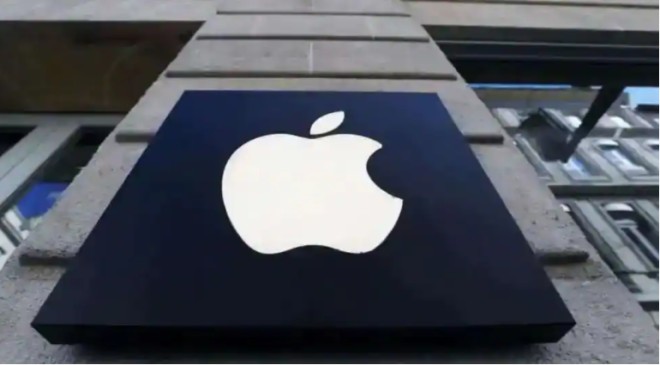New Delhi: Apple has released a new open-source AI model, called “MGIE,” that can edit images based on natural language instructions. MGIE, which stands for MLLM-Guided Image Editing, leverages multimodal large language models (MLLMs) to interpret user commands and perform pixel-level manipulations. The model can handle various editing aspects, such as Photoshop-style modification, global photo optimisation, and local editing. Here are more details on the Apple MGIE AI tool.
Read More: Instagram Will Soon Offer You ‘Write With AI’ Feature: How It Could Work
What is the Apple MGIE Tool?
Apple MGIE (Multimodal Large Language Model-Guided Image Editing) is a revolutionary AI tool that allows users to edit images using natural language prompts. Developed in collaboration with researchers at the University of California, Santa Barbara, MGIE leverages the power of multimodal large language models (MLLMs) to understand text instructions and translate them into pixel-level image edits. This opens up a new frontier for editing, eliminating the need for complex software and technical expertise.
How does MGIE AI work?
The Apple MGIE works magic on images, and the secret to its underlying process lies in its two-way approach:
Instruction Derivation: It uses MLLMs to decipher user prompts (e.g., “make the sky more blue”) and convert them into clear, concise directives for editing (e.g., “increase sky saturation by 20%”). This ensures both accuracy and efficiency.
Visual Imagination: Apple’s MGIE employs MLLMs to build a “latent representation” of the desired edit, essentially capturing its essence. This representation serves as a guide for pixel-level manipulation, leading to precise and natural-looking changes.
MGEI vs Adobe Photoshop: Similarities and Differences
The MGIE AI and Photoshop are both image editing tools with distinct approaches and target audiences. While Photoshop is the industry standard, catering to professionals and experienced users with its extensive toolbox and manual controls, MGIE takes a revolutionary approach by leveraging natural language processing, making it highly accessible even for beginners unfamiliar with traditional editing software. Both tools share common ground in fundamental edits like cropping, resizing, and applying filters, as well as enhancing overall image quality through adjustments to brightness, contrast, and colour.
Read More: Apple Introduces New AI-Image Editing Tool, Will Let Users Edit Images With Simple Prompts
However, Apple’s MGIE excels in performing localised edits, allowing users to manipulate specific objects and blend images seamlessly, features less prominent in Photoshop’s core functionality. Additionally, AI- powered MGIE’s open-source nature fosters customisation and community-driven development, setting it apart from Photoshop’s proprietary model. In essence, the MGIE prioritises ease of use and accessibility through natural language prompts, while Photoshop empowers experienced users with a broader set of manual controls, catering to distinct user groups with varying editing needs and technical expertise.
All of Apple MGIE Features
Here is a comprehensive list of all of MGIE Features known so far:
Expressive Instruction-Based Editing: Translate ideas into edits effortlessly.
Photoshop-style Modifications: Perform common and advanced edits like background changes, object manipulation, and image blending.
Global Photo Optimisation: Enhance overall image quality with brightness, contrast, and artistic effects.
Local Editing: Modify specific regions or objects with precise control over their attributes.
Open-Source and Customisable: Access and adapt the code for personal needs.
MGIE’s arrival marks a significant leap in image editing accessibility. Compared to similar AI tools like Gemini Image Generation, DallE, and Copilot Image Powers, MGIE stands out with its open-source nature, focus on instruction-based editing, and emphasis on local edits.
Read More: iOS 17.4: What to expect in Apple’s next major software update
While AI-powered image manipulation still has room for improvement, MGIE paves the way for a future where its users can unleash their creativity through simple word prompts.





































